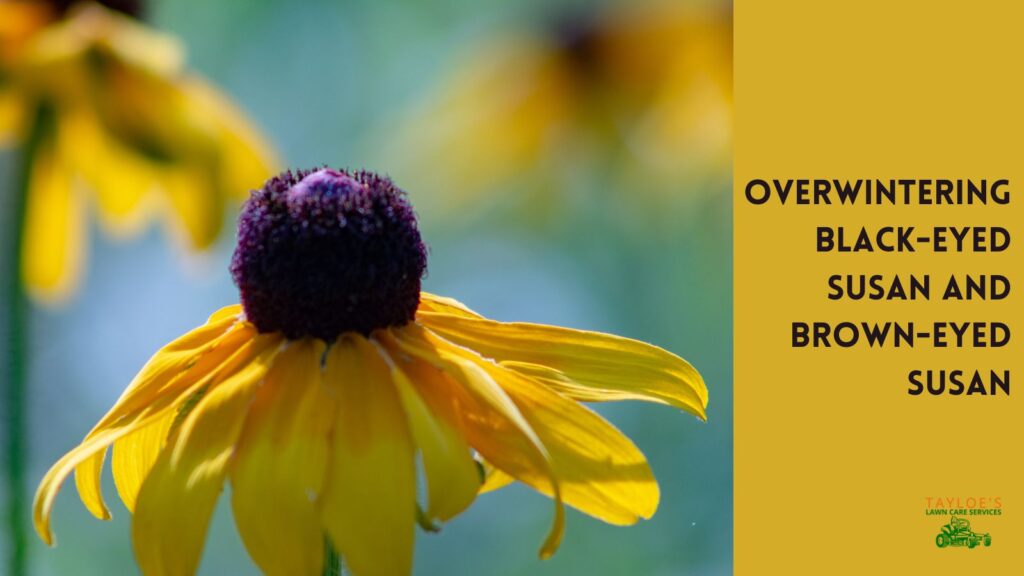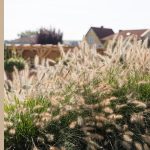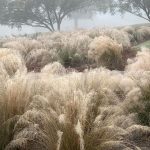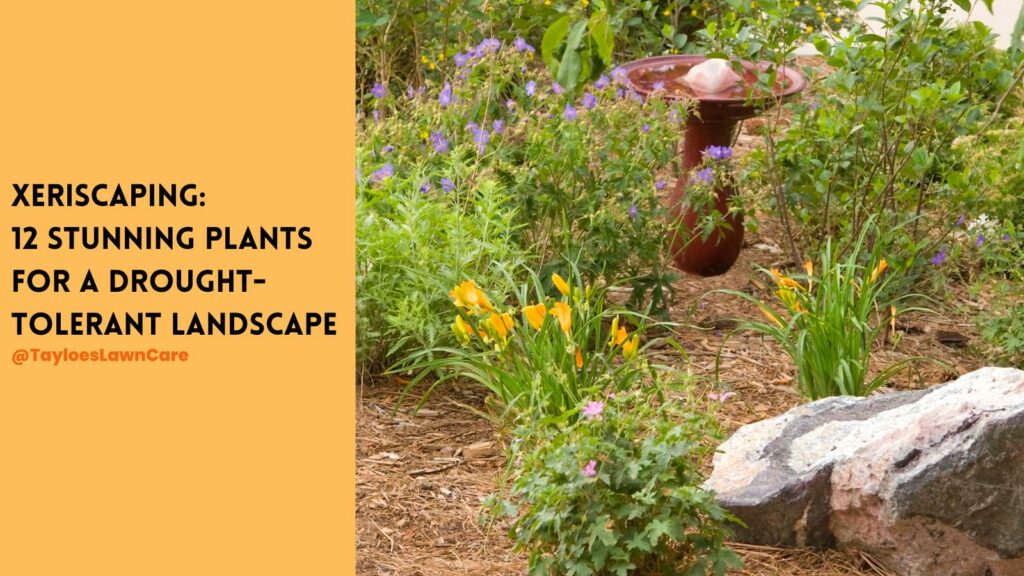Last Updated on: 20th January 2024, 05:20 pm
How to overwinter ferns in USDA zones 7 or 8.
Although many purchase “new” every year, ferns are a versatile group of plants that are as highly dependable as perennials. They add beautiful texture, color, and visual interest to gardens and landscapes. Fortunately, North Carolina is home to many varieties of winter hardy ferns that can withstand a couple of cold months. So why spend your money on new plants every year? Here are some tips for overwintering ferns in our area.
While they look wispy and fragile, don’t let that fool you. They’re a hardy bunch. Once established, these ferns require little care or maintenance. That carefree nature makes them an excellent choice for experienced and novice gardeners.
Ferns tend to thrive in shaded areas, making them a popular choice for gardens with limited sunlight. They can create a lush and vibrant backdrop for other plants. They also make a lovely focal point in a shaded area. These beauties have striking foliage that adds a pop of vibrant green color to the garden.
In addition to their aesthetic value, ferns also provide your landscape with several practical benefits. They can help reduce soil erosion, with their extensive root systems help in stabilizing the soil. Furthermore, ferns are known for improving air quality by filtering out pollutants and releasing oxygen. This makes them an excellent choice for in-town applications.
Understanding Hardy Ferns
- Hardy ferns come in various colors and textures. They range from delicate and lacy fronds to bold and robust foliage. They enhance the beauty of outdoor spaces. For example, ferns can soften the lines of hedges and fences, providing a more natural and organic feel to the landscape. They also make excellent backdrops for other plants, adding depth and dimension to existing foundation plantings.
- One example of a hardy fern is the autumn fern (Dryopteris erythrosora). This fern has coppery-red new fronds that gradually turn green as they mature. Its compact size and tolerance for various soil conditions make it a versatile addition to any garden. Another example is the Christmas fern (Polystichum acrostichoides), named for its evergreen fronds that stay green throughout the winter. This fern is native to North America and is known for its ability to withstand harsh winter conditions.
- There are many other varieties of hardy ferns available, each with its unique characteristics and growing requirements. For instance, the hay-scented fern (Dennstaedtia punctilobula) is drought-tolerant and can withstand salt spray -it is an excellent choice for coastal gardening. The royal fern (Osmunda regalis) is a tall fern with large, showy fronds that often reach heights of up to six feet. By selecting a variety of ferns with different growth habits and characteristics, gardeners can create a diverse and visually appealing fern garden.
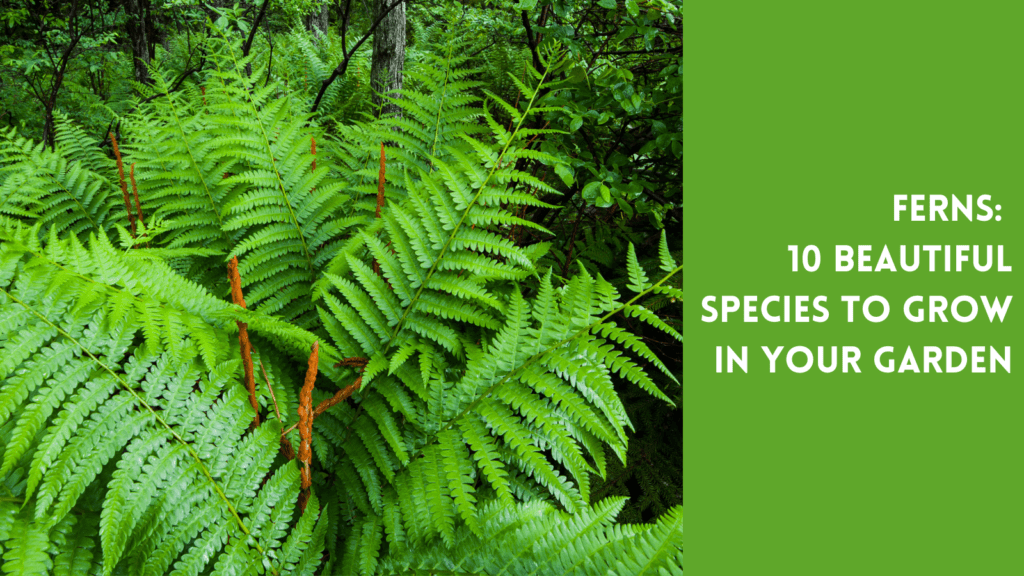
Overwintering Ferns in USDA Zone 7b
Tayloe’s Lawn Care Services has clients spanning two zones: 7b and 8a. The dividing line runs right through the middle of Bertie County. Because this is our home area, we will focus on overwintering ferns in these zones. If you found this post on Google, give your local ag extension agency a call for guidance.
- In USDA Zone 7b, where the winters can be moderately cold, it is essential to protect ferns from frost and hard freezes. One method is to bring the ferns indoors before the first frost or hard freeze occurs. Before bringing them inside, it is a good idea to hose down the plants to remove any insects or loose leaves. Additionally, if the ferns have become straggly or overgrown, trimming them back or shaping them can help maintain their appearance.
- Another method of overwintering ferns in USDA Zone 7b is to provide them with a layer of mulch for insulation. This can help protect the roots from freezing temperatures and prevent damage to the plant. It is essential to choose a mulch that is lightweight and well-draining, such as straw or pine needles. Apply a layer of mulch around the base of the fern, being careful not to bury the plant’s crown.
- When overwintering ferns indoors, providing them with the right conditions is crucial to ensure their survival. Ferns prefer cooler temperatures ranging from 50 to 60 degrees Fahrenheit (10 to 15 degrees Celsius) during winter. They also thrive in environments with high humidity, so placing a humidifier near the ferns or misting them regularly may be necessary to maintain the desired humidity level.
Overwintering Ferns in USDA Zone 8a
If you live in Bertie County, you are barely in zone 8a. Remember that you will need to keep a watchful eye when overwintering ferns – you might need to treat them as if you are in 7b.
- For gardeners in USDA Zone 8a, winters are generally a bit milder. Thus, the approach to overwintering ferns may be slightly different. Finding an excellent location with moderate, indirect lighting for overwintering your plants is still essential. During winter, it is best to water the ferns minimally and avoid fertilizing them. If the ferns exhibit pale or drop leaves, move them to a different spot or place them on a plate of gravel with water to increase humidity.
- In USDA Zone 8a, some gardeners keep their ferns outdoors throughout the winter, as the temperatures don’t stay below freezing for long. However, monitoring the weather and protecting the ferns from unexpected cold snaps is still essential. This can be done by covering the ferns with a frost cloth or blanket when frost or freezing temperatures are forecasted. This extra layer of protection can help prevent damage to the ferns and ensure their survival during colder periods.
- Additionally, in USDA Zone 8a, gardeners may choose to take advantage of the milder winters by experimenting with different fern varieties that are less cold-hardy. For example, the rabbit’s foot fern (Davallia fejeensis) is a tropical fern that can add a touch of lush beauty to the garden but may not be suitable for colder climates. By carefully selecting fern varieties better suited to the local climate, gardeners can enjoy a broader range of fern species.
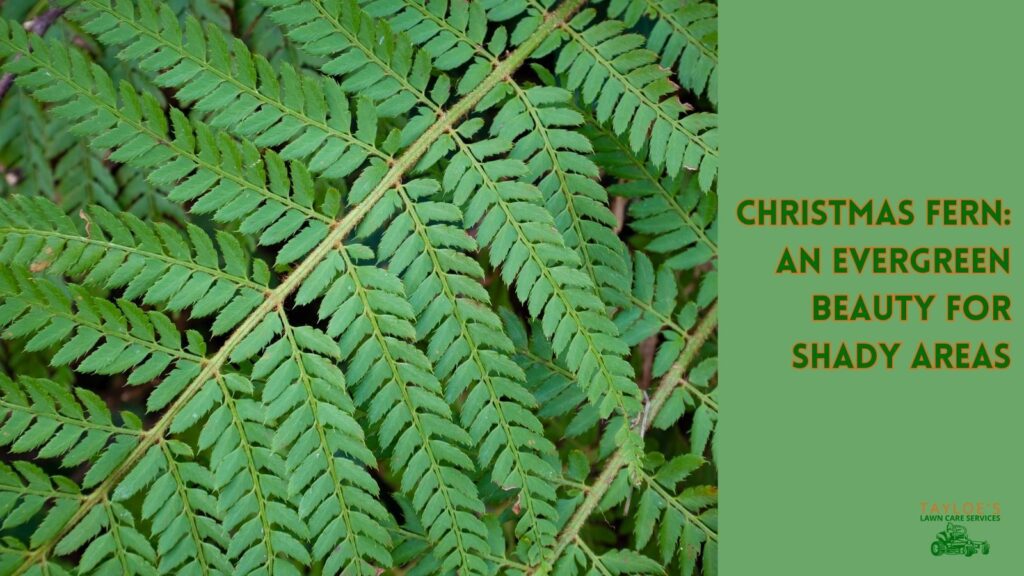
Recommended Care After Overwintering Ferns
You’ll need to check in on them occasionally until spring arrives.
- Once the ferns have been successfully overwintered, it is essential to provide them with the proper care to ensure their continued health and growth. Ferns thrive in environments with the right light conditions and humidity. Consider using a portable greenhouse or misting the ferns regularly to maintain optimal conditions. Another option is to place the ferns near a bright window in the garage, which can provide sufficient light and protection.
- It is also vital to ensure that the ferns receive the appropriate amount of water and nutrients. Water the ferns thoroughly whenever the top inch of soil feels dry, being careful not to overwater as this can lead to root rot. Fertilize the ferns with a balanced, water-soluble fertilizer every two to four weeks during the growing season. This will provide the necessary nutrients for healthy growth and vibrant foliage.
- In addition to regular care, ferns may benefit from occasional grooming to maintain their appearance. Remove any dead or yellowing fronds by cutting them back to the base of the plant. This will help promote new growth and keep the fern looking tidy and healthy. Additionally, if the fern becomes too large or crowded, it may be necessary to divide the plant and repot the sections in fresh soil. This can help rejuvenate the fern and prevent it from becoming root-bound.
Finding Hardy Ferns
- If you want to add hardy ferns to your garden, you can find them at local garden centers and through catalogs. These sources offer various fern species suitable for different growing conditions. For more information and ideas, consider visiting the JC Raulston Arboretum at NC State University, where you can learn more about ferns and get inspiration for your garden.
- When selecting ferns for your garden, it is crucial to consider the specific requirements of each species. Some ferns prefer acidic soil, while others prefer neutral or alkaline soil. Additionally, some ferns thrive in full shade, while others can tolerate partial shade or even full sun. You can ensure their success in your garden by choosing ferns well-suited to the local climate and growing conditions.
- To make the process of finding hardy ferns easier, it can be helpful to list the specific fern species you are interested in and the conditions in your garden. This will allow you to narrow your search and focus on finding the ferns that best meet your needs. Additionally, consider contacting local gardening groups or forums for recommendations and advice from experienced gardeners.
Common Problems and Pests
- While ferns are generally low-maintenance plants, they can still encounter common problems and pests. Common issues include diseases like root rot and powdery mildew, which can be controlled by avoiding overwatering and ensuring proper air circulation. Low humidity, excessive sun exposure, and pests like spider mites or mealybugs can also affect ferns. To prevent these problems, it is crucial to maintain proper humidity levels, provide the right amount of light, and address pest issues promptly.
- If you notice any signs of pests or diseases, such as yellowing leaves or webbing, take immediate action to resolve the issue. This may involve using organic pest control methods, such as spraying the ferns with water and a drop of mild dish soap or using natural fungicides to treat fungal infections. Regularly inspect your ferns for any signs of pests or diseases, and take appropriate measures to prevent their spread.
- In addition to pests and diseases, your ferns can also experience issues related to nutrient deficiencies. These may manifest as pale or yellowing leaves. If you suspect a nutrient deficiency, consider fertilizing the ferns with a balanced houseplant fertilizer according to the manufacturer’s instructions. This will help provide the necessary nutrients for healthy growth and vibrant foliage.
Propagation and Potting Tips
- If you want to propagate your ferns or repot them, remember a few tips. Most species can be propagated through cutting, pulling runners off the base of the plant, or dividing the plant. When propagating through cutting, select a healthy frond and cut it at the base, including a portion of the rhizome. Place the cutting in a container with moist soil and keep it in a warm, shaded area until roots develop.
- When potting or repotting indoor or outdoor ferns, it is important to use a well-draining potting mix and a container with drainage holes. This will help prevent waterlogging and root rot. Gently remove the fern from its current container, being careful not to damage the roots, and place it in the new container. Fill in the gaps with fresh potting mix, ensuring the fern is planted at the same depth. Water the fern thoroughly after repotting to settle the soil around the roots.
- Minimal pruning is required for most species, and it is best done in the spring or summer. Remove any dead or yellowing fronds by cutting them back to the base of the plant. This will help stimulate new growth and keep the fern looking tidy and healthy. Avoid excessive pruning, which can weaken the fern and make it more susceptible to pests and diseases.
The Takeaway: Overwintering Ferns Preserves Them From Fall to Spring
Overwintering ferns in northeastern NC is a rewarding experience, as hardy ferns are versatile and require minimal care. By following the recommended tips and guidelines, gardeners can enjoy the beauty and benefits of ferns in their landscapes throughout the year. Whether overwintering ferns in different USDA zones or caring for ferns in the early spring, proper knowledge and attention to their specific needs will ensure their success in your garden. Remember to choose the suitable fern species for your specific growing conditions, provide the necessary care and protection during the winter months, and enjoy the lush and vibrant beauty of ferns in your garden.
If you enjoy reading landscaping and gardening tips, please follow Tayloe’s Lawn Care Services on Facebook. We post fresh ideas frequently.
Author Profile

- Randy Tayloe is the COO of Tayloe's Lawn Care Service, LLC. He is a certified custom applicator, recognized by the North Carolina Department of Agriculture Pesticide Division. A native of Bertie County, NC, and graduate of Bertie High School, he wants to beautify his home county - one yard at a time.
Latest entries
 Lawn CareDecember 29, 2025Benefits of de-icing treatments ahead of winter weather
Lawn CareDecember 29, 2025Benefits of de-icing treatments ahead of winter weather FaunaOctober 3, 2025Fall decorations that endanger wildlife (and how to avoid the risks)
FaunaOctober 3, 2025Fall decorations that endanger wildlife (and how to avoid the risks) GardeningApril 1, 2025Fountain grasses add colorful foliage and movement
GardeningApril 1, 2025Fountain grasses add colorful foliage and movement GardeningMarch 21, 2025White cloud muhly grass growing guide
GardeningMarch 21, 2025White cloud muhly grass growing guide


